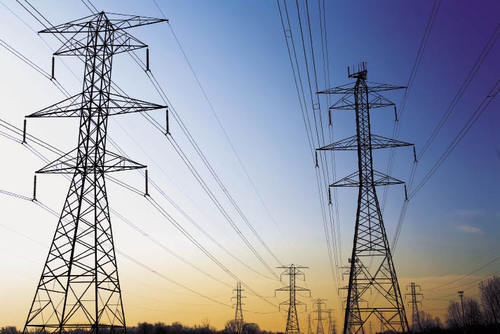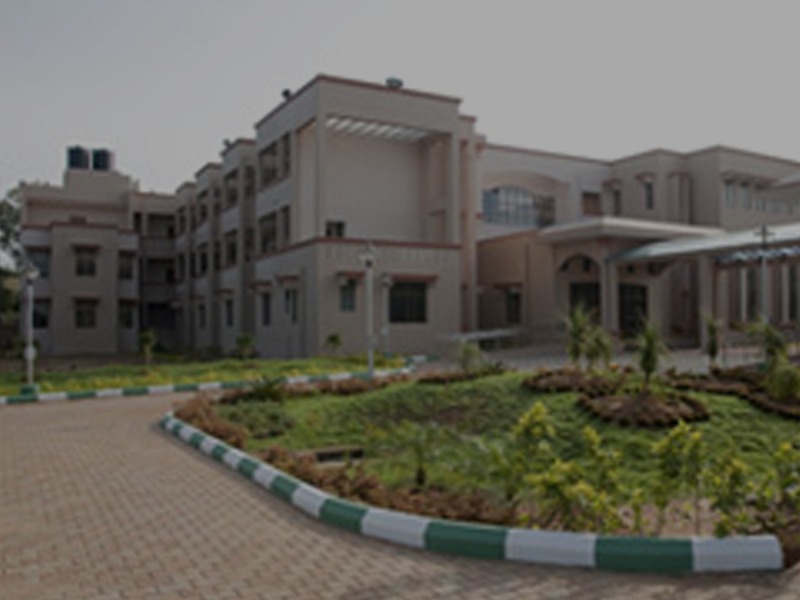Imagine transparent solar cells painted on to windows, brightly coloured cells wrapping around a building wall or installed snugly in all manner of devices.
Solar paint — making use of materials known as perovskites — is at the cutting edge of renewable energy.
As research teams around the world push towards commercialisation, an Australian achievement has been recognised by Clarivate Analytics in its latest State of Innovation Report.
A Japanese team discovered the potential of perovskite for solar cells in 2006, and the University of Sheffield in England was the first to make spray-on solar cells in 2014.
“Improvements in power conversion efficiency continue, with the highest efficiency rating of 12.1 per cent conversion rate for the largest certified perovskite solar cells (16 cm2) being achieved in December 2016 by Dr Anita Ho-Baillie and her Perovskite Solar Cell Research team at the Australian Centre for Advanced Photovoltaics at (the University of NSW),” the Clarivate Analystics report says.

Dr Ho-Baillie, a senior research fellow in UNSW’s school of photovoltaic and renewable energy, says this versatile technology can spread solar cells far beyond rooftops and solar farms.
“You can make use of perovskites on flexible substrate, and in semitransparent solar cells,” she says. “You can put them on built-in photovoltaic applications or curved surfaces that you may not be able to do with silicon cells.”
With Viridian Glass as an industry partner she is investigating the photovoltaic — and aesthetic — qualities of perovskite cells painted on windows.
“Because it’s a very thin film, it’s possible to make cells that are semitransparent,” she says.
“With perovskite you can also tune the colour and appearance of the solar cell — and therefore you can use it for glazing.” It’s potentially more appealing to architects — and their clients — who often see silicon panels as an eyesore, albeit good for the environment.
But Dr Ho-Baillie says the rise of perovskites is not necessarily bad news for the silicon photovoltaic industry, which is well established.
One of the projects keeping her team busy is the stacking of perovskite on silicon solar cells, a case of complementary technologies.
“With the perovskite on top of the silicon, it will absorb the blue part of the spectrum more efficiently, while the silicon will absorb the red part of the spectrum more efficiently,” she says.
“Out of that, you get better output voltage, and it means higher electrical output — so you’re boosting the efficiency of the silicon cell.”
The Achilles heel of the perovskite cell is moisture but Dr Ho-Baillie says its durability is improving.
“We’ve made quite good progress recently using low-cost PIB (polyisobutylene), a kind of rubber sealing technology that’s used for double glazing,” she says.
Besides, so many researchers are working in this promising field of renewable energy that solutions will be found.
Of five companies in the global race to bring perovskite solar cells to market, Microquanta in China is collaborating with Dr Ho-Baillie’s team; there is a common goal as well as rivalry.
“We want to push the innovation forward, we would like to see the technology being used in real-life applications,” she says.


